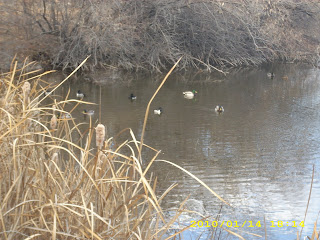New life is formed from extinction and death," wrote Darwin in 1838, in a private notebook. Some 20 years later, he based The Origin of Species on the fact that fossils document a continuum of life forms, demonstrating that millions of species died out as others took their place. A generation earlier, however, when Tracy Chevalier's rough-petticoated heroine was pulling out of cliffs in Lyme Regis the evidence that would go into this insight, nobody wanted to believe that God did not, as one of Chevalier's characters puts it, "plan out what He would do with all of the animals He created.On the book's website the story is summarized quite briefly thus:
In 1810, a sister and brother uncover the fossilized skull of an unknown animal in the cliffs on the south coast of England. With its long snout and prominent teeth, it might be a crocodile – except that it has a huge, bulbous eye.
Remarkable Creatures is the story of Mary Anning, who has a talent for finding fossils, and whose discovery of ancient marine reptiles such as that ichthyosaur shakes the scientific community and leads to new ways of thinking about the creation of the world.
Working in an arena dominated by middle-class men, however, Mary finds herself out of step with her working-class background. In danger of being an outcast in her community, she takes solace in an unlikely friendship with Elizabeth Philpot, a prickly London spinster with her own passion for fossils.
The strong bond between Mary and Elizabeth sees them through struggles with poverty, rivalry and ostracism, as well as the physical dangers of their chosen obsession. It reminds us that friendship can outlast storms and landslides, anger and and jealousy.
So, yes, that's sort of a fossil version of the story, but if that was all I had to go on to entice me into reading it, I might not have done so. This summary doesn't give the reader any idea of the richness, the historical texture of the novel. So many strands of what was happening in science, in religion, even in literature (Jane Austen is briefly an offstage character), are woven into the tapestry of this story, yet it remains vibrant and alive, never stuffy nor boring - as historical novels can often deteriorate into being. Chevalier's forté is taking historical events and characters, then using her own magic as a writer to put them into novels.The bones of her stories are factual, but the magic lies in the way the author can imagine the characters' interior life, motivations, emotions, interactions.Mary and Elizabeth are entirely real to me, I hated to say goodbye. Spend some time exploring the book's website, a rich resource; read Padel's review linked to above, and see if this doesn't sound like maybe your next read. I promise it will be an engrossing one. And I intend to put Chevalier's unread novels into my library queue at once.































